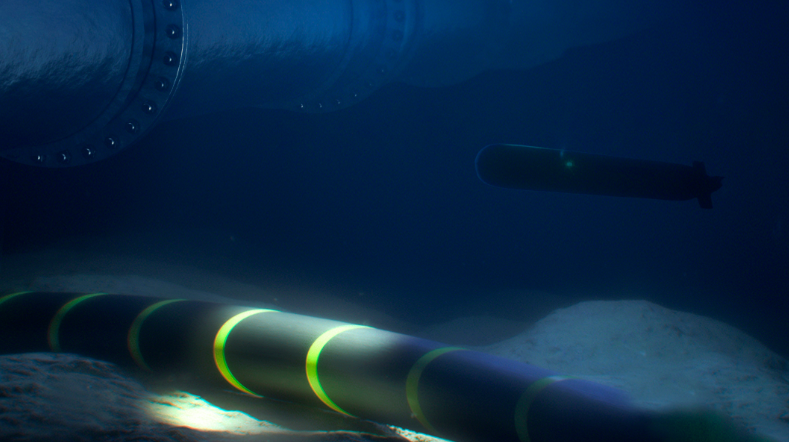
Diving into Seabed Security
The threat to our North Sea infrastructure is real and urgent. Vital infrastructure on the seafloor must be protected against sabotage and digital attacks. This is necessary to maintain our daily lives, ensure people can live and work safely, and safeguard the environment and climate. Innovative solutions, collaboration among different parties, and a collective approach will help us accomplish this important task. Because a safe North Sea means a safe Netherlands.
A significant impact
The North Sea, one of the busiest seas in the world, is vital to our daily lives. The area houses a vast number of cables, pipelines, and wind farms that make our energy supply, internet connections, and ultimately our democracy possible. Rijkswaterstaat, the Dutch Directorate General for Public Works and Water Management, presented some facts about the North Sea:
- The Dutch section of the North Sea contains 2,500 km of pipelines and 4,000 km of cables.
- Rijkswaterstaat also studies water and soil quality and traces lost cargo and shipwrecks using an underwater robot.
- The Dutch section of the North Sea is 58,500 km2, 3,600 km2 of which is shipping route.
- There are currently 160 oil and gas platforms.
- There are 4,500 km of pipelines.
- A wind energy capacity of 11 gigawatts is planned for 2030, of which 2.5 has already been realised and 1.5 is under construction. The total wind park surface area for 11 gigawatts is approximately 1,800 km2.
A real and current threat
The Nord Stream sabotage, recently cut cables off the coasts of Norway and Taiwan, and the greater threat from China and Russia in various areas are just a few examples of the security problems occurring in the area. Not only physical threats are a risk, but cybersecurity is also an important focus point. Are data cables laid by China trustworthy?
The government acknowledges that there is broad concern about the safety of infrastructure under the sea and that urgent joint action is needed to address this problem. The Ministry of Defence therefore speaks of a ‘real and current threat’. The Johan de Witt Conference has rightly called for prioritising the protection of infrastructure on the seafloor. The French have a new Seabed Warfare Strategy, the UK is developing special frigates, and Belgium now has a federal minister of the North Sea. The sabotage threat is real, and the urgency is felt.
Infinitely complex
The situation in the North Sea, however, is complex. Many stakeholders are involved in the infrastructure on the seabed: numerous energy companies, cable companies, internet providers, tech companies, the Ministry of Defence and other Dutch ministries, and the coastguard. These stakeholders are both national and international, sometimes in different partnerships.
For companies operating in the North Sea, it is essential that the sea is safe and stable. There must be an environment in which solutions and costs can be shared, and governments can be trusted. The government, in turn, wants to protect the economy, map and control risks, and act based on reliable and up-to-date information.
According to research, 97% of global communication runs through undersea fibre-optic cables. Not only are these cables vulnerable to sabotage on the seafloor, but also at the points where they come ashore in the Netherlands. The submerged cables are not managed by governments but are owned by various private companies.
Moreover, legislation is lacking as to who can carry out research on the seafloor, making it chaotic. Those with the best equipment can be there the fastest, meaning that countries like Russia are better prepared than Denmark.
Above all, work needs to be done at a depth of about 80 meters in a pitch-black environment, over an area of 58,500 km2, which requires monitoring.
We need time to address these issues, but we also need to implement innovations now. With short cycles, a system approach, capacity (dedicated and trained personnel), and testing facilities, we can ensure that our North Sea becomes safer for everyone who works on or under it.
More construction ahead?
As we continue to build on and under the North Sea, the situation underwater is fast becoming more threatening than ever. With the addition of many wind farms, the North Sea will increasingly function as one of the largest power stations in the world in the coming years. This means that many more power cables will be laid towards the mainland, in addition to the existing fibre-optic cables and oil and gas pipelines. All of these activities make the infrastructure on the seafloor vulnerable. While Finland built a wall on land to stop the Russians, that is not feasible in the North Sea. Can we utilise technology to help protect the seabed infrastructure?
Not without technology...
Given the vast and naturally challenging nature of the area to monitor, innovative solutions can provide assistance. Sensors and unmanned autonomous tools may help explore the area. Other innovations can contribute to improving the situation, such as new techniques for detecting sabotage and digital attacks. The European Commission has also announced plans to better protect Europe's underwater infrastructure, identify weak points, and potentially utilise satellite monitoring to detect threats.
...and not without collaboration
Collaboration is essential to meet these challenges. Addressing the complex challenge of protecting the North Sea seabed requires a systemic approach. We must consider the entire system rather than individual components. By understanding how changes propagate and their potential implications for different stakeholders, we can assess the way in which innovative technologies fit into the bigger picture and the nature of their impact.
This is not just about technology itself but also factors such as infrastructure, legislation, security, and the environment. Different parties must collaborate on complex issues. Innovative research and technology development can connect and stimulate ecosystems.
However, in addition to determining who will do what, we need to begin exploring potential collaborations. Each stakeholder brings its own perspective on the North Sea. Once we have consensus, we can form a comprehensive understanding of the North Sea and proceed with action.
Seabed security by design
Information-driven action can provide a direction for successful protection of our seabed infrastructure. By collecting all possible information, we gain insights into the location of the infrastructure, responsibility, high-risk areas, and vulnerabilities. Additionally, we can identify gaps in our knowledge. Ultimately, we can take targeted action based on priorities and risk analysis.
Collecting and enriching information is, therefore, essential, as is sharing it between military and civilian entities. Shared information contributes to situational awareness, which is crucial for businesses operating in the North Sea.
Currently, significant areas of innovation, such as sensors and autonomous solutions, are relevant, but is that enough? How do we deploy them? By mapping everything out, we can also identify gaps and the most significant risks.
We need to connect knowledge domains, organisations, and governments. This will create a North Sea seabed organisational ecosystem, enabling us to work more effectively and prioritise information-driven action.
SeaSEC - Pioneering the future of seabed security
Undersea infrastructure is a new frontier in the security domain. It also is a new market potential. Governments, asset owners and other entities need to quickly step up their efforts in securing undersea assets. The Seabed Security Experimentation Centre (SeaSEC) can help them doing this in a practical way, and help create collaborations to step up the process. Applying existing technology to new domains is part of how we want to accelerate. Experimenting with how that works, fueling continuous improvement is the name of our game.
The role of TNO
By leveraging collaborations and innovative technologies, we can ensure the safety of our infrastructure on the North Sea seabed from sabotage and digital attacks. TNO plays a significant role as an innovator and knowledge expert with an international network.
To effectively manage these innovations, it is important to bring all parties together on an equal basis in an organisational ecosystem. This ecosystem combines and strengthens responsibilities, techniques, specialisations, practical experience, and organisations. Through collaboration, more can be achieved than individual organisations could on their own.
At TNO, we are ready to take on this challenge with short cycle innovation, a system approach, capacity (dedicated and trained personnel), and testing facilities.
Want to stay up to date?
Get inspired
Unveiling the future of vapour detection technology
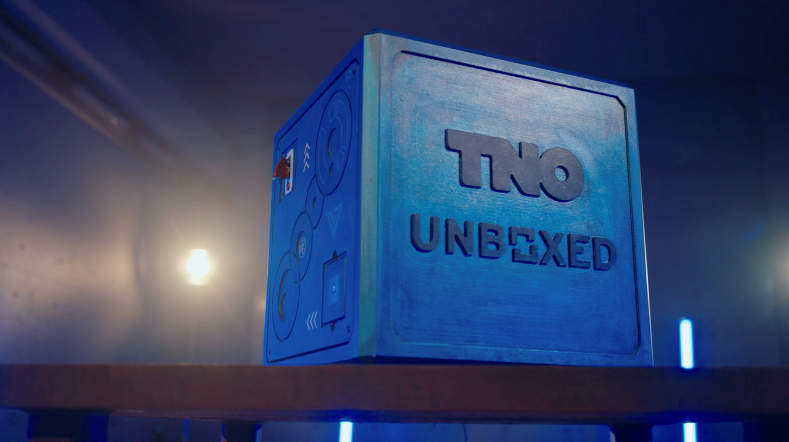

EMBRAPII and TNO signed a Memorandum of Understanding (MoU)
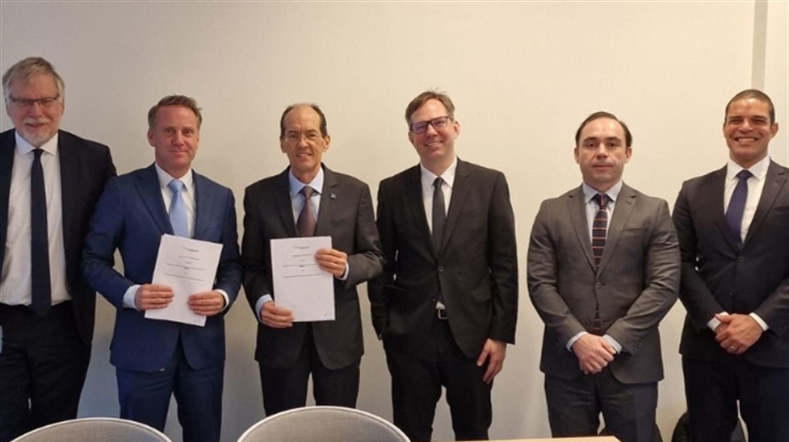

AIVD, CWI, and TNO publish renewed handbook for quantum-safe cryptography
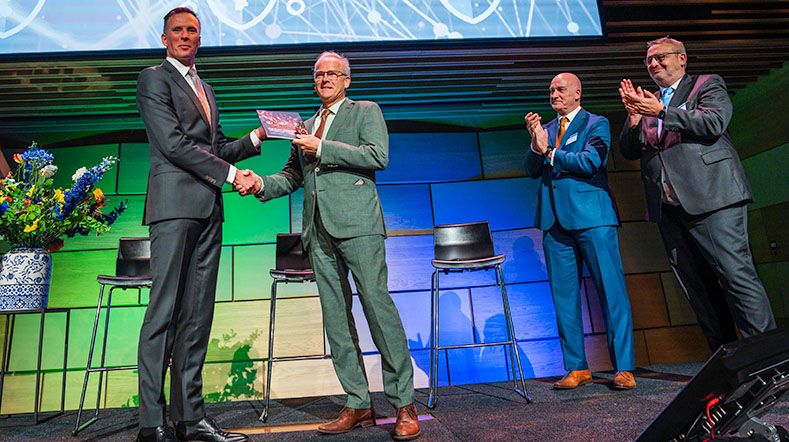

How do we limit damage to marine mammals from our underwater noise?
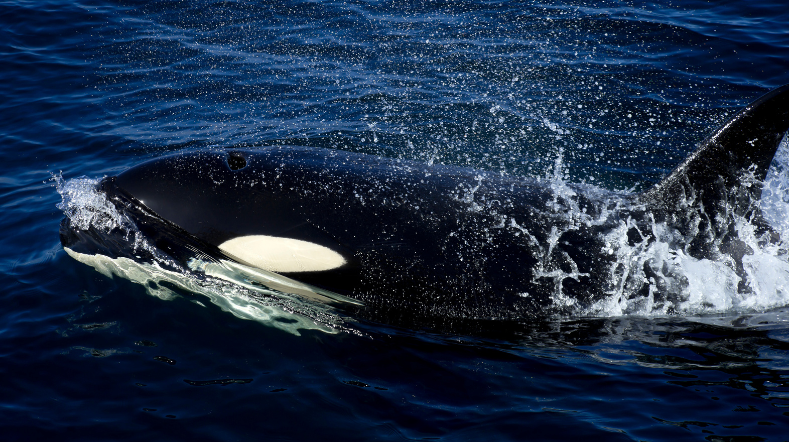

TNO develops detection system to protect cables and pipelines on seabed
